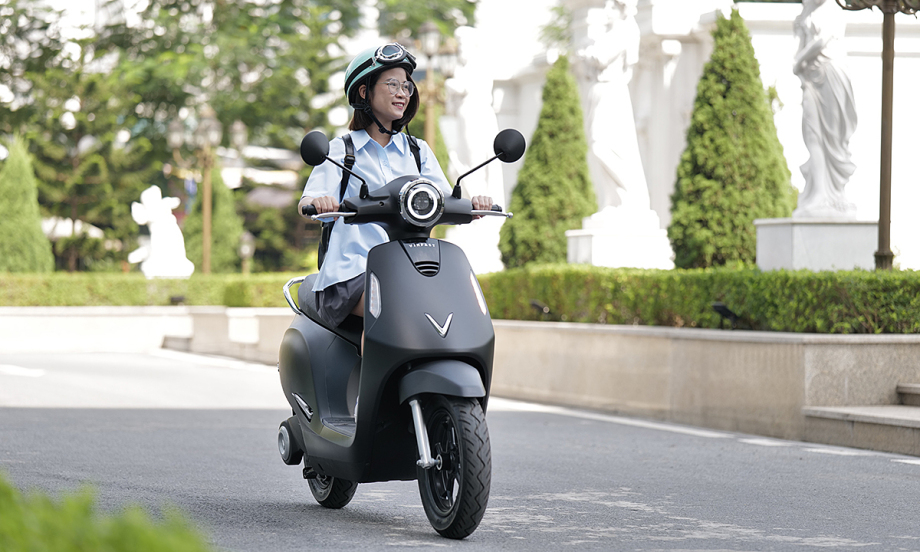In the draft Vietnamese National Standard on road vehicles, the Ministry of Construction sets fuel consumption limits for cars and motorcycles to fulfill climate change commitments.
Two methods are proposed for determining fuel consumption: minimum energy performance standards (MEPS) for individual vehicles and corporate average fuel consumption (CAFC) for a manufacturer's entire fleet.
The individual vehicle limits are based on TCVN 9854:2013. Vehicles under 610 kg have a limit of 4.8 liters per 100 km, those under 750 kg are limited to 5.6 liters, and the limit increases with vehicle weight.
The fleet average is calculated based on the fuel consumption of each vehicle type. Pure electric vehicles have a fuel consumption of 0. This CAFC system allows manufacturers to sell a variety of vehicles as long as their average fuel consumption is within the permissible limit.
If they exceed the limit, manufacturers can purchase offset credits from companies with lower fuel consumption. They must also develop a plan to adjust their CAFC in the following years, such as by adopting new technologies, discontinuing fuel-intensive vehicles, or increasing the production of fuel-efficient models.
 |
A VinFast electric vehicle model. Photo: Ngoc Thanh |
After three years, if a manufacturer still exceeds the fuel consumption limit, authorities will halt their production, assembly, and imports until a suitable plan is presented.
According to the Ministry of Construction, transportation activities emit about 30 million tons of CO2 annually, with road transport accounting for 85% of the sector's total emissions.
To achieve its Net Zero emissions target by 2050, Vietnam submitted its Nationally Determined Contributions (NDC) in 2022, outlining 10 solution groups to reduce emissions in the transport sector. Fuel consumption limits for newly manufactured, assembled, and imported motor vehicles are identified as the most effective measure, contributing to a 34.33% reduction in the sector's emissions.
Bao Bao












